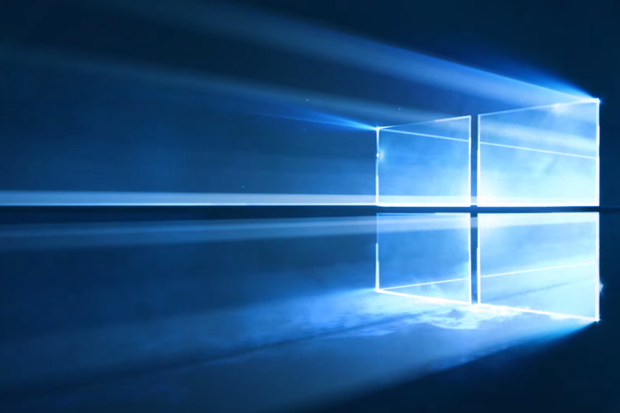05.01.20 UPDATE: Beginning Thursday, May 21, 2020, Systems Engineering will be moving forward with our patching service changes. We initially scheduled these for March, but then delayed as we all adjusted to working from home due to the pandemic. Our patching service changes are in response to Microsoft's new way of servicing Windows, which you can read more about in this blog post.
Beginning Thursday, March 19, 2020 May 21, 2020, Systems Engineering will be enhancing our patching services. Before we communicate these enhancements, it's essential to understand the motivation behind them. Our patching service changes are in response to Microsoft's new way of servicing Windows known as Windows as a service.









